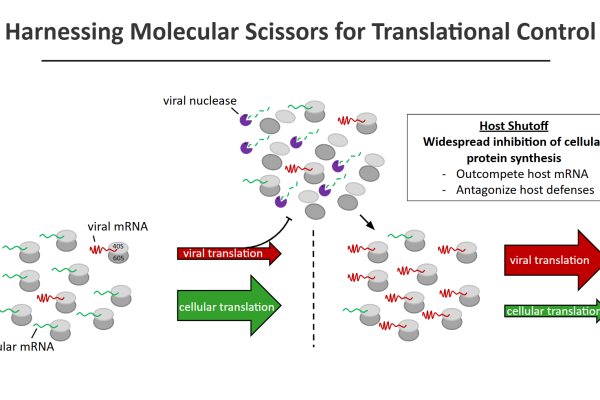Epstein-Barr virus (EBV) infects over 90% of the adult population. Primary EBV infection causes infectious mononucleosis in healthy adolescents. Very rarely, and usually in combination with genetic or environmental co-factors EBV is associated with lymphomas, nasopharyngeal carcinoma, and some gastric cancers. Our laboratory is interested in identifying the cellular and viral factors that permit EBV to persist for life in humans and mechanisms by which they act, particularly in the development of cancers. The experiments performed in our laboratory will involve the use of EBV transformed primary B cell lines (infected in the lab), multiple different EBV-positive tumor lines, EBV mutants deleted for specific EBV genes, and EBV genes cloned into eukaryotic expression vectors. The goal of these studies is to understand the mechanisms by which EBV growth transforms cells in an effort to devise new forms of therapy for EBV-related cancers.
On-going Projects in the Lab
Creating Mutant EBV Viruses as tools for research
Our lab is responsible for creating and validating many mutant EBV viruses, including gene knock-outs, fluorescent reporters, and constitutive expression.
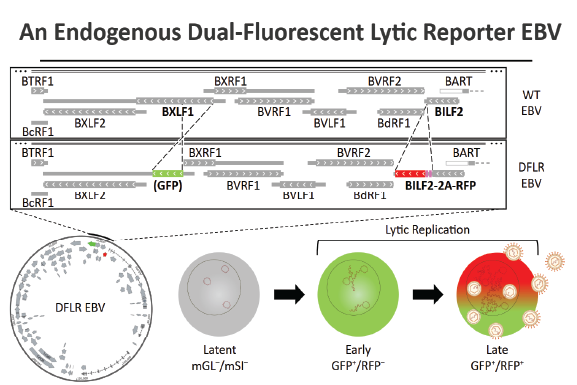
Examining the role of LMP2A in EBV biology as a B cell Receptor Mimic
This project aims to address the unique roles of LMP2A and the B cell receptor upon infection, transformation, and proliferation.
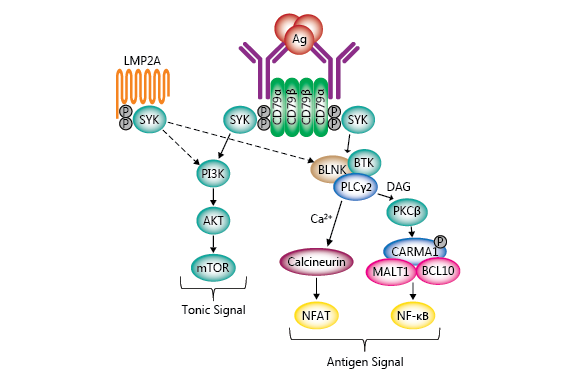
Defining the role of EBV in Diffuse Large B cell Lymphoma pathogenesis
The goal of this research is to classify the previously uncharacterized EBV-positive DLBCLs and identify specific viral and host gene dependencies within these populations.
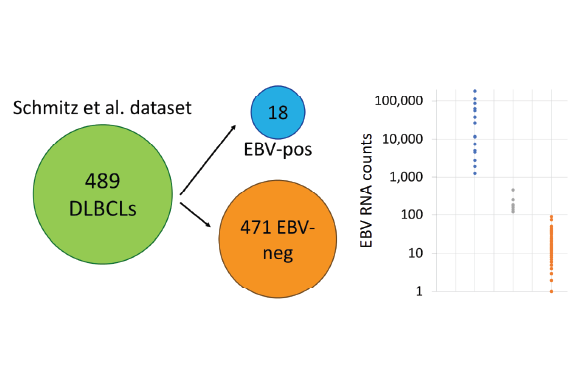
Investigating EBV lytic reactivation as a target for oncogenic therapies
Utilizing fluorescent reporter viruses generated in this lab, we intend to identify specific agents that target and reactivate latently infected EBV-positive cells.
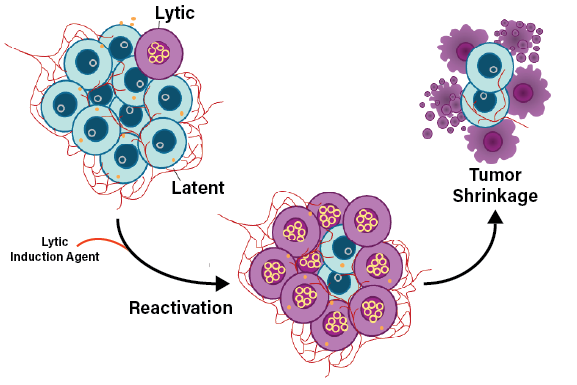
Understanding the contribution of EBV factors to host shut-off
In an effort to understand host shut-off during EBV infection and reactivation, our lab utilizes mutant reporter viruses and NGS techniques to investigate key viral and host factors.
